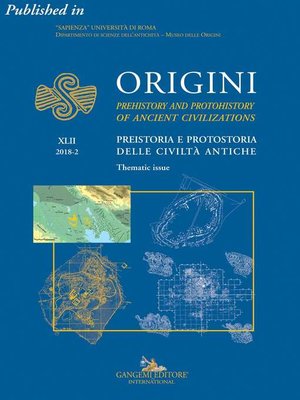Settlement patterns and developments towards urban life in Central and Southern Italy during the Bronze Age
ebook ∣ Published in Origini n. XLII/2018. Rivista annuale del Dipartimento di Scienze dell'Antichità – "Sapienza" Università di Roma | Preistoria e protostoria delle civiltà antiche – Prehistory and protohistory of ancient civilizations
By Alberto Cazzella

Sign up to save your library
With an OverDrive account, you can save your favorite libraries for at-a-glance information about availability. Find out more about OverDrive accounts.
Find this title in Libby, the library reading app by OverDrive.



Search for a digital library with this title
Title found at these libraries:
| Library Name | Distance |
|---|---|
| Loading... |
This paper discusses socio-cultural developments in central and southern Italy between the late 3rd and the early 1st millennia BC, particularly focussing on settlement patterns. Over this span of time, the foundations were laid for the process towards urbanisation that occurred in various Italian regions at the threshold of the historic period. Two major settlement patterns are recognised, each having specific variations on a regional scale and depending on environmental conditions: 1) small hamlets, often forming definite clusters, which had a long tradition and tended to be resilient to socio-cultural changes; 2) larger settlements, devoted to exchange activities and craft production, which were mostly naturally/artificially fortified, long-lasting and more prone to internal changes. These latter in particular developed from the 18th century BC onwards. Some ceased at the beginning of the 1st millennium BC, but others instead grew, existing alongside new-established flourishing centres that based their success on both their agricultural and military potentials, so enabling their fast demographic growth.







